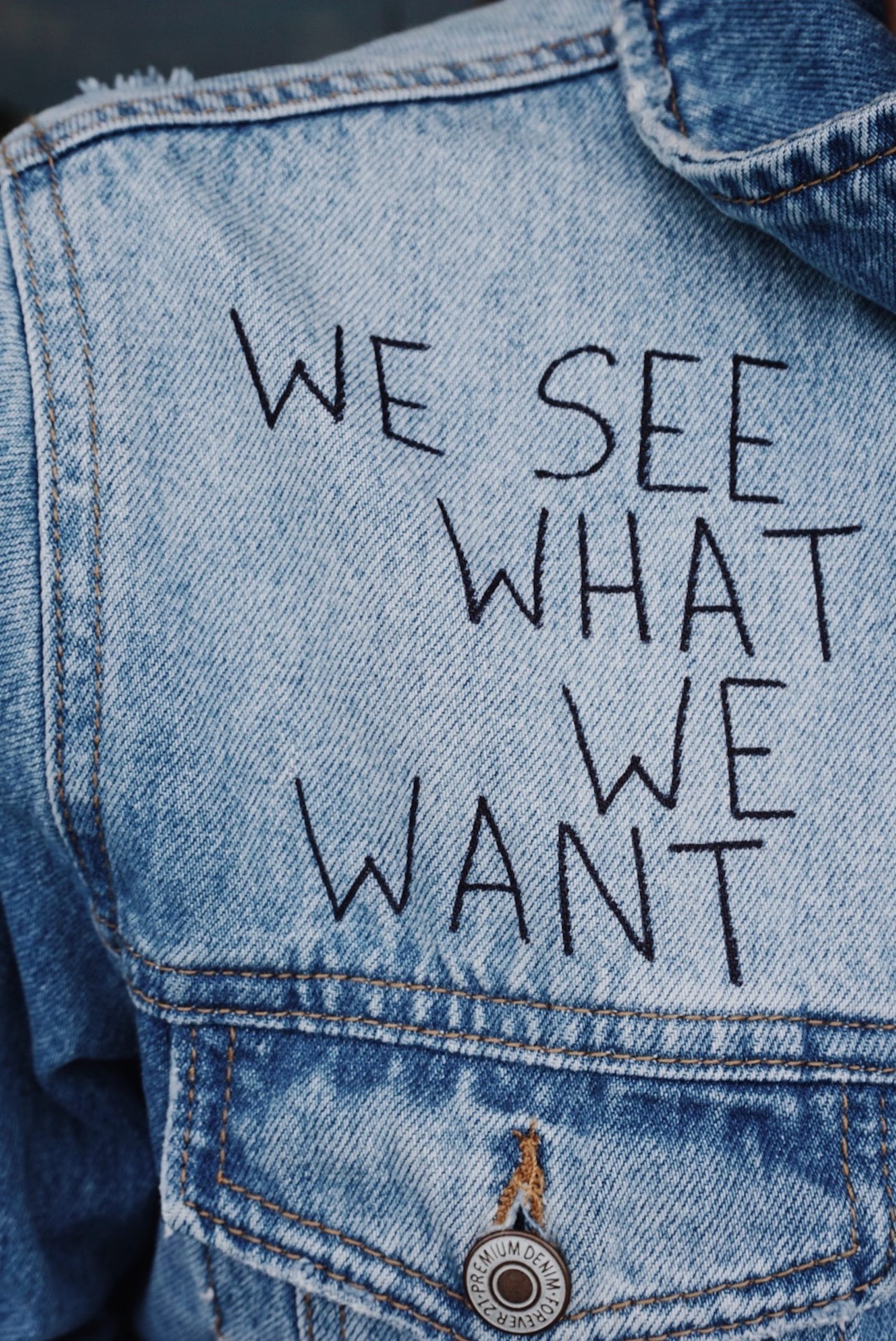What is video content marketing?
But what actually is video content marketing?
Well, let’s start with explaining content marketing, which is the creation of relevant, unique and (hopefully) engaging material that is disseminated across various media, from blogs to social channels, emails to – yes – video.
Its purpose is to attract and affect your target audience in certain ways, depending on where they are in the customer journey. Essentially, content marketing exists to get people in – and push them down – the marketing funnel.
Let’s play make-believe for a second: You’re a property developer (hey, like these guys we work with) and you want to attract interest from potential house buyers. So, as part of your ongoing marketing strategy, you identify your target audience and build buyer personas so you can create interesting, useful content focused around their needs and wants. And then you send that content out into the big wide world.
And, as we’ve seen above, one of the most powerful ways to get your message across is through video content marketing.
Types of video content marketing
So, if video is the way forward, you’re going to want to grab your clapperboard, get behind the camera and shout ‘action!’ as soon as possible. First, you need to determine the types of video content you want to create.
Brand videos
These usually form part of a larger advertising or awareness-building campaign, and aim to acquaint your audience with your brand values, vision statements and company mission. It’s the soul of your brand in a 2-minute segment. It’s a chance to convey your brand’s overarching story in a way that’s unsuitable to any other form of video content.
Product videos
These showcase how your products or services work, explaining their facets and benefits to the audience. It’s a good idea to put your products to the test – either via a demonstration or third-party testimonial – so the audience can see the benefits with their own eyes or hear about them from an independent source.
Interview videos
Want to build trust with your audience? Then get your thought leaders, industry experts and those with a different take on things in front of the camera. Seeing the people behind the brand adds to your credibility and lets your passion shine through. Make sure they include actual insight and opinion rather than just trotting out the same old same old.
Vlogs
Vlogs give your audience a more personal insight into the people behind the brand, humanising your business and making you more relatable. They’re more raw and cheaper to produce than the high-gloss, highly produced content used by so many, and so provide you with an opportunity to stand out from the crowd.
Company culture videos
These are a little like vlogs in that they get behind the scenes, show what your business is about and help humanise you to your audience. But they should be more employee-focused and reveal the nature, the driving visions and even the idiosyncrasies of your company. It’s an opportunity to tell your behind-the-scenes brand story and give people an insight into why you do what you do.
Testimonial videos
Testimonials offer two main benefits: first, they build trust and put your customers’ minds at ease because they show an independent party waxing lyrical about you. And second, they can be intersected with visuals showing your product features and benefits, much like a product video. Two birds, one stone? Don’t mind if I do…
Due to its popularity and propensity to stick in the viewer’s mind, video content marketing should be an integral tool of your content marketing strategy. And there are so many different varieties of video content marketing that, no matter your experience or budget, there will be a type of video that can work for you. So that the only real barrier to entry is the time it takes to write your script and shoot the content.




